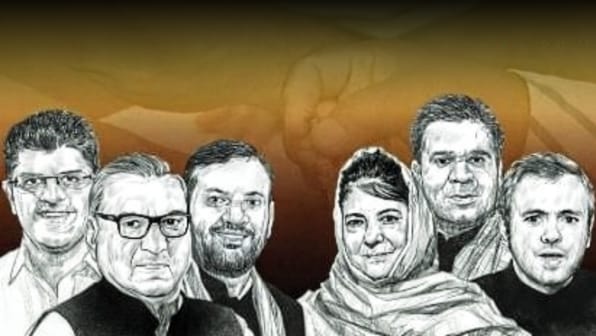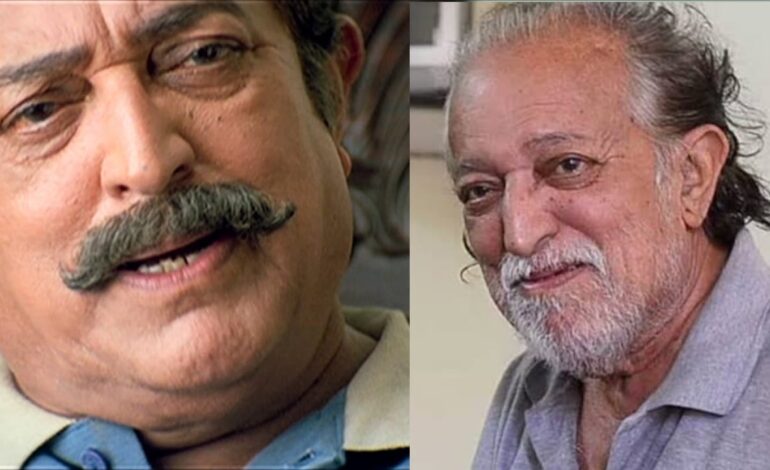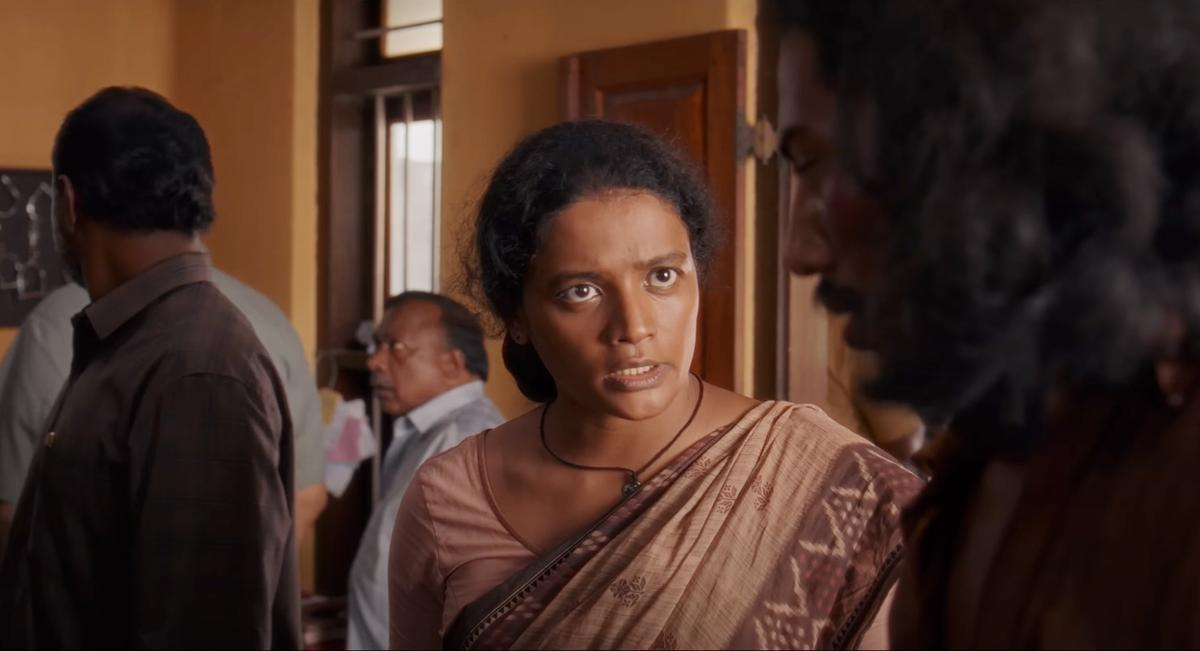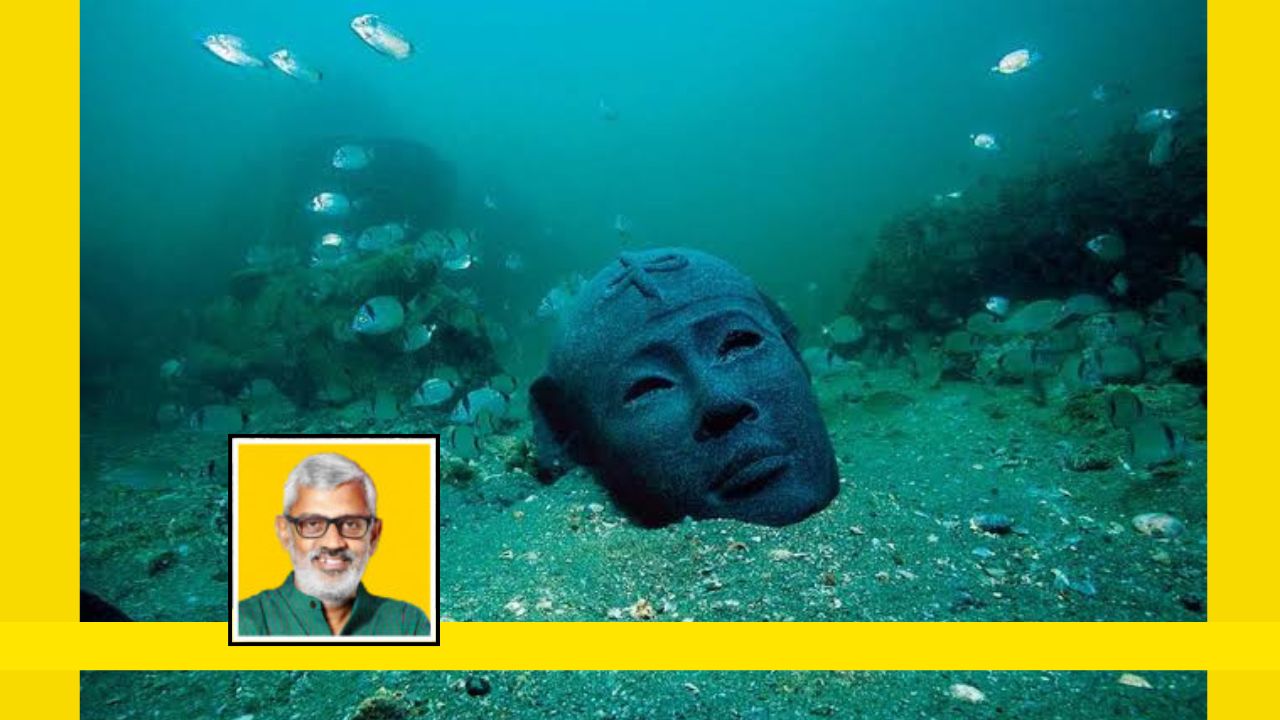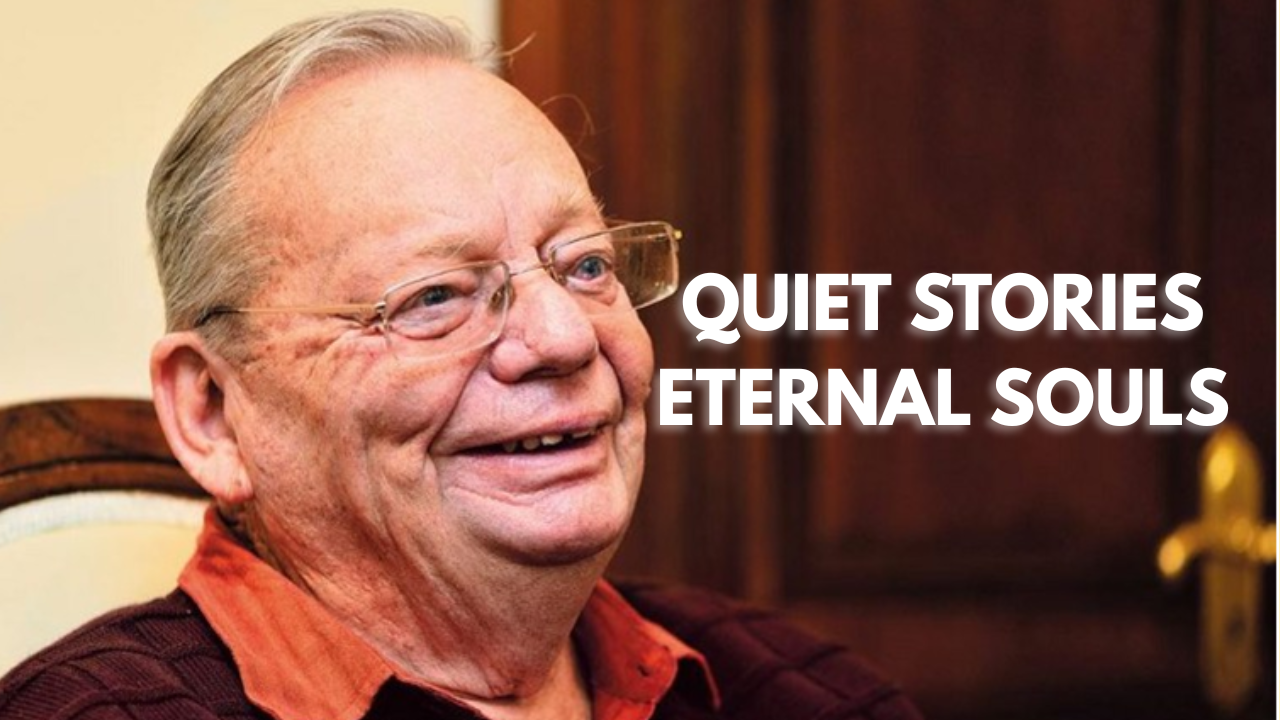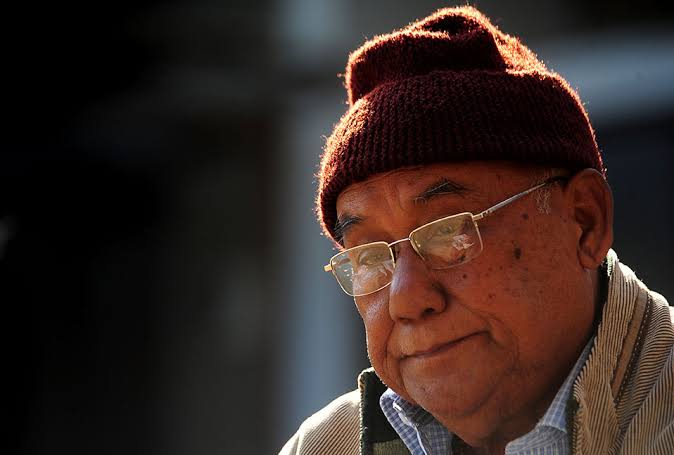
The raging question raised by National Award-winning filmmaker and writer Joshy Joseph is “why is Aribam Syam Sharma being brushed under the carpet when it comes to selecting a film celebrity for the Dadasaheb Phalke Award”? Is it because Sharma is from the North East, an area marginalized deliberately by all and sundry linked to prestigious awards in the country? Or, is it because he prefers to live a low-key life away from the hullabaloo of celebrity circuses rampant in the media? Perhaps, it is a blend of both considering that he has been kept away from the Dadasaheb Phalke Award though he has won 19 National Awards and umpteen international awards over time.
Joshy Joseph has taken great pains to make a long documentary on the filmmaker titled, “Aribam Syam Sharma- Laparoscopic cinema” [watch here], which, according to Joseph “is an attempt to locate this philosopher-storyteller in the universe of cinema today.” Joshy raises the question that if the Dadasaheb Phalke Award is not bestowed on Aribam Syam Sharma, now 88 years old, when will it be bestowed to him? Or will it ever occur to the Information and Broadcasting Ministry to give him the award?

Aribam Syam Sharma has won six National Awards as Best Director of feature films spanning 1977 to 2013. In 1991, he got the award for Best Producer for the film Inshanou which also fetched him the Best Director Award. Joshy has managed to use clips from some of Sharma’s old films such as Ishanou within his documentary. He bagged the Best Non-Feature film award nine times from 1990 to 2013 under different categories such as The Deer on the Lake in the Best Environment/Preservation category in 1990, Indigenous Games of Manipur in the Best Exploration/Adventure Film (Including Sports) in 1991 and Thang-Ta – Martial Arts of Manipur in The Best Cultural Film Category in 2000. And the list goes on. As if this is not enough, he has bagged three National Awards in the Non-Fiction category as Best Producer. In 1991, 1999 and 2013, he won the National Award in two different categories. One wonders if this is a record for a single person winning National Awards over 36 long years which is proof of the man’s tenacity, determination and excellence.
Aribam Syam Sharma “obtained a Masters Degree in Philosophy from Visva Bharati University, Santiniketan. He is a philosopher. He searches for the aesthetic values of every object and understands it thoroughly. And it reflects into his films. Interlacing the aesthetics into a story or a subject, he makes remarkable films. He has also mastered the finest nuances of Manipuri music both as a singer and a musician. In the field of theatre he has proved his mastery as director and actor; and in the field of literature as short story writer and lyricist. Aribam is a multi-faceted personality possessing multiple qualities! Emerging as a genius in Indian cinema, he is recognized internationally,” writes Meghachandra Kongbam, who has made a documentary on this man who is forever concerned about the Manipuri identity which covers the languages of the State, the culture, its music, theatre and its arts. Besides his own mother- tongue, Meitei, he knows English and Hindi, and can speak Bengali fluently. The deepest impression he carries about Indian cinema is in Ritwik Ghatak’s Ajantrik, a story about a small town taxi driver and his close and strange relationship with his jalopy, Jagaddal, which is running out of steam.
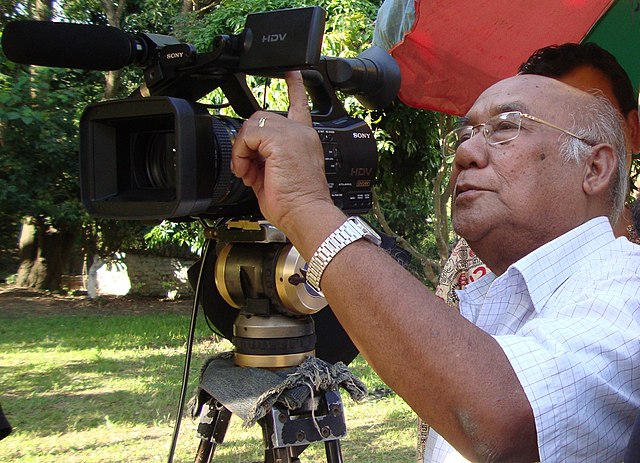
Manipuri cinema celebrated 50 years of existence in 2022. The first full feature film, “Matamgi Manipur” was completed and screened in 1972. But it was “Imagi Ningthem” 10 years later which heralded on the global arena the arrival of a brave new world of Manipuri Cinema. Even as “Imagi Ningthem” completed its 40th year last year, and in celebration of Manipur’s first step into the celluloid world 10 years earlier, Joshy Joseph and his team completed a retrospect on Aribam Syam Sharma, the veteran film maker and virtuoso who is not only the director of “Imagi Ningthem” but also has been the tallest captain of this artistic enterprise in Manipur.
Aribam is a man of few words. He avoids crowds including the media and chooses to keep to himself as much as he can. This is perhaps justified considering that the media has kept him away from its spotlight because it remains ignorant of the contribution of this great filmmaker to the cinema of India over many years.
Aribam Syam Sharma stepped into the world of cinema as an actor, appearing in the first ever Manipuri film, Matamgi Manipur (1972). He made his directorial debut in 1980 with Olangthagee Wangmadasoo (Even Beyond the Summer Horizon), which has the distinction of being the longest-running film in Manipuri history, having a theatrical run that lasted more than thirty weeks, breaking the local box office records of Ramesh Sippy’s Sholay.
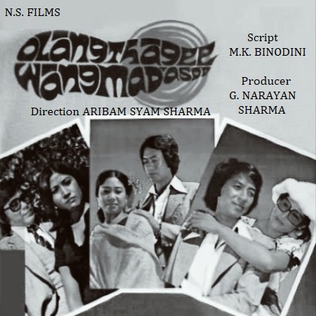
Joseph says, “I have used a clip each from his two films ’Imagi Ningthem’ and ‘Ishanou’ very sparingly in my film for furthering his aesthetics which is very personal and very rooted too in Manipuri culture. These telling illustrations of a very individual style of a filmmaker expressing through an actor’s entire body is a different take on cinema. He may not yield to the demands of cinema to use a close-up. His ‘technique’ of storytelling is primarily determined by the specifics of his culture. The ‘technological’ demands of cinema are willfully submitted to that of a broader primordial philosophic premise.”
Joshy considers biographical documentaries are storehouses of unique stories for cinema. He has done a long documentary on Mahsweta Devi and one on Niraj Mahapatra, the noted filmmaker and cinema teacher from Odisha. He states that he had applied different cinematic styles to each of them. The one on Aribam Syam Sharma is the latest. done a couple of them applying different cinematic styles.
Says Joshy, “the most challenging task is to get a biographical film to pulsate with a life of its own.. The camera is a spoiler and it is almost impossible to make a person remain in his/her own elements when the camera is around. You have to develop a rapport over a period of time with whom you make a film and simultaneously annihilate your shooting unit with some kind of black magic. There comes a chance for you to get into a love-hate playfulness with the person in front of your camera.”
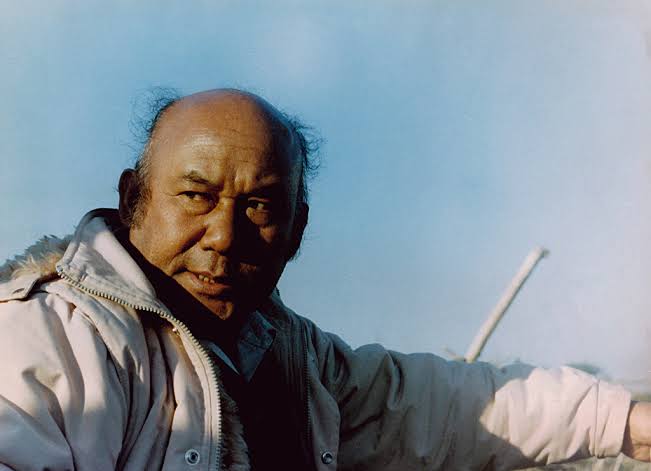
Joshy has steered away from detailing the biographical details of Aribam Syam Sharma’s life as this has already been covered very well by Haobam Paban Kumar as a tribute to his Guru.
For the uninitiated, it would help to know that Aribam Syam Sharma lost both his parents at a tender age. His uncle and aunt brought him up and perhaps, so many years later, the pain of loss still seeps through the interview Joshy had with him during the shooting of the film. But one does not really know as he is a very, very private person and does not open out easily about his childhood, his growth, his life, and even, his cinema. When the reality of the loss comes back to him and the emotional turmoil this may have led to, it seems as if a play is being staged.
Says Joshy, “I could persuade Aribam Syam Sharma into a kind of in-depth dialogue. I was planning a more or less conventional visual journey at that time. I did not view the footage for quite some years and when I gathered enough courage to experiment on the form, I decided to disarm myself from the visual flourish and confined myself to the contours of his face. I used exactly the opposite idiom in cinema which Syam Sharma himself abhorred. The camera surveys him through a close-up basically, keeping any frilling to the bare minimum. Syam Sharma was not quite convinced about my ‘counter-contour-cinema’. Then he saw the final film himself. His long association with my editor Atish Nandy helped us construct a collective idiomatic audacity. This film ideally should act as a textbook on culture specific cinemas of India.”
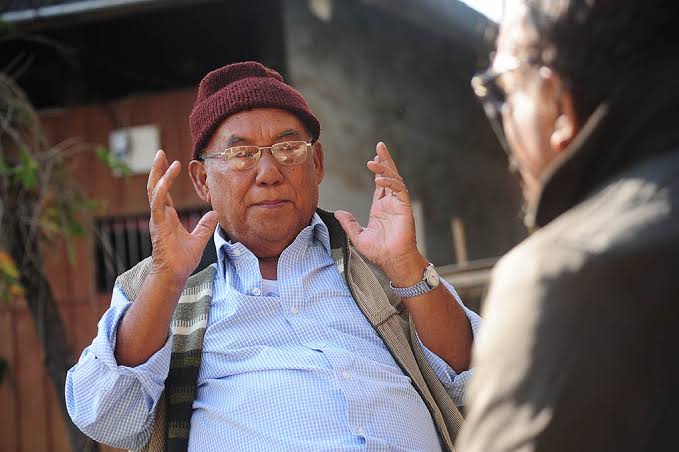
The film is divided into six chapters, each one exploring through long dialogue with the director Joshy, Sharma opens up beautifully. “I had sent the rough cut to Syam Sharma who kept on watching it every night as a kind of ritual for almost a month. He had just one creative suggestion to make which was incorporated in the final film. Editor Atish Nandy and myself are keeping those mutterings from Imphal to ourselves. In retrospect, it appears that we were hit by an asteroid named Aribam Syam Sharma,” Joshy sums up. But to get a closer view, you need to watch the film.
Watch the documentary film based on the life of Aribam Syam Sharma below:
This article was originally published in The Space Ink and can be read here.


